I have never visited Civitanova Marche and nor has Isabelle. But, lucky for your, Elke seems to be real passionate about this fishing village. Here is what she did when she went there:
I like to visit Civitanova Marche because there is a large open-air shoe market there. This year I wanted to see more of the place and focus on the port and the sea. Because Civitanova can boast of some fishing tradition!
Fishing tradition
Around the river head of the Chienti River there was already a Roman village called Cluana. Later on, both the port and the higher Civitanova Alta were destroyed by barbarians. In the Middle Ages, various local noble families ruled here, then – like almost everywhere in central Italy – came the Papal States, the Napoleonic occupation and finally in the 19th century the unity of Italy. This is where it gets interesting when talking about the port:
In the 19th century, due to the expanding fishing opportunities, the port was expanded by a few streets and rows of houses for the fishermen, popularly known as “Shanghai”.
Until the Second World War, fishing was mainly done with sailing boats, the traditional “lancette a vela”, which was simply pulled onto the beach in the evening. After the war, however, more and more large, motorized boats prevailed and piers were needed. The new harbor building initiated in 1932 came at just the right time and fishing boomed.
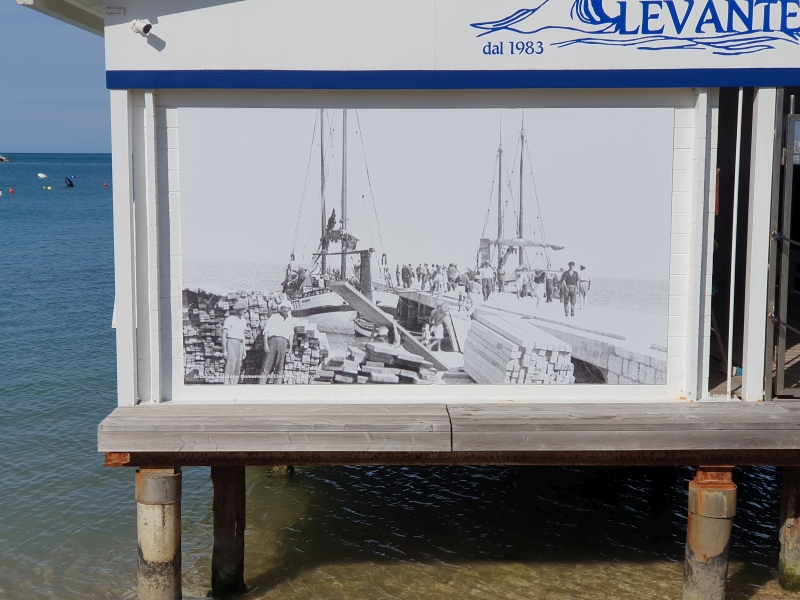
At the fishing port
So I start my tour at the fishing port. The fleet of trawl boats and vongolare (special boats used to catch the small vongole clams) is quite impressive! The local fishing organization Casa del pescatore di Porto Civitanova alone has 180 members who operate 21 large motor boats and 36 vongolare. And I think it’s not the only organization. There are also a few boats from local oyster and mussel farmers. Yes, oysters are also farmed in the Adriatic!
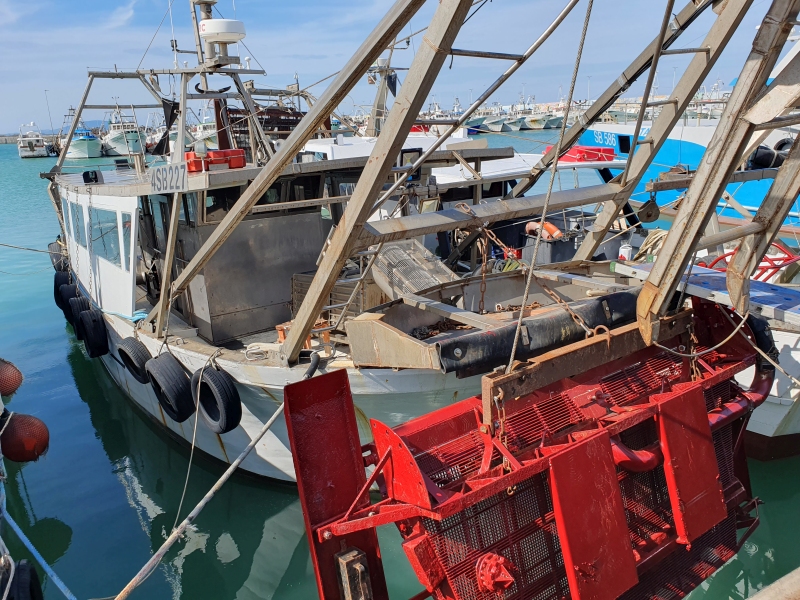
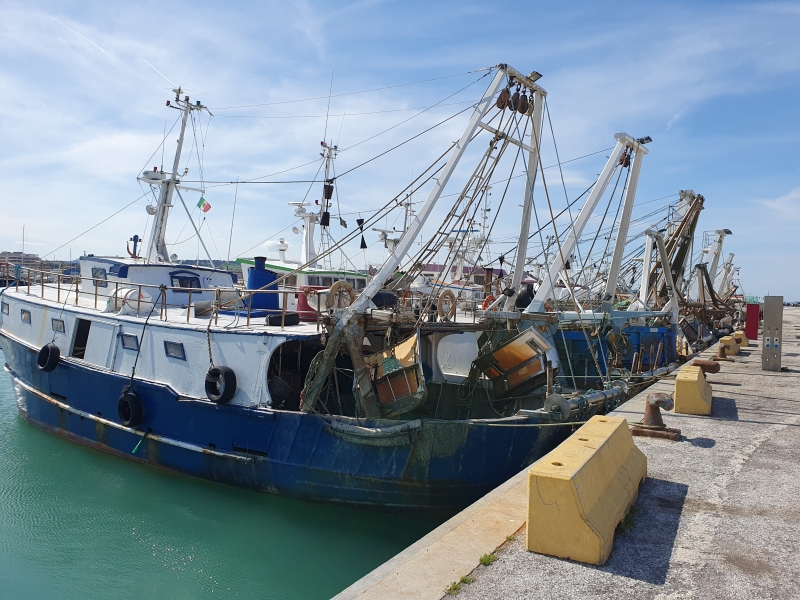
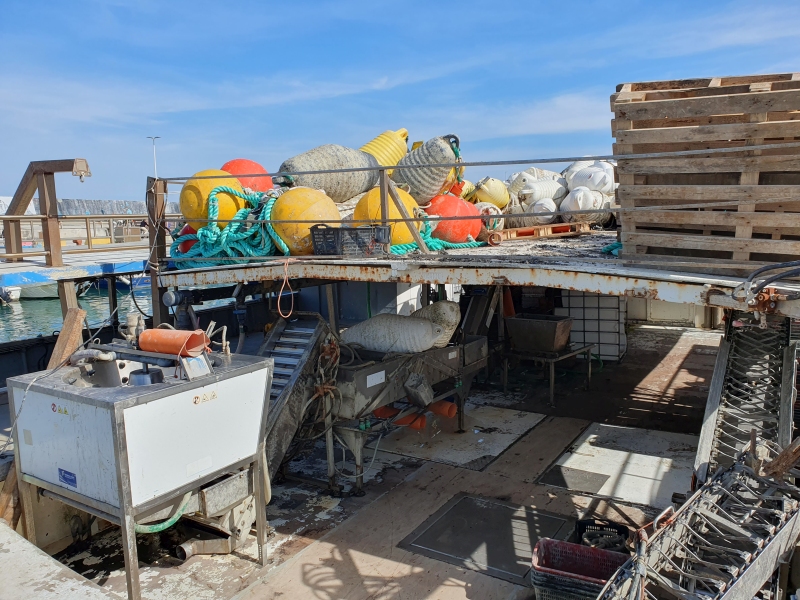

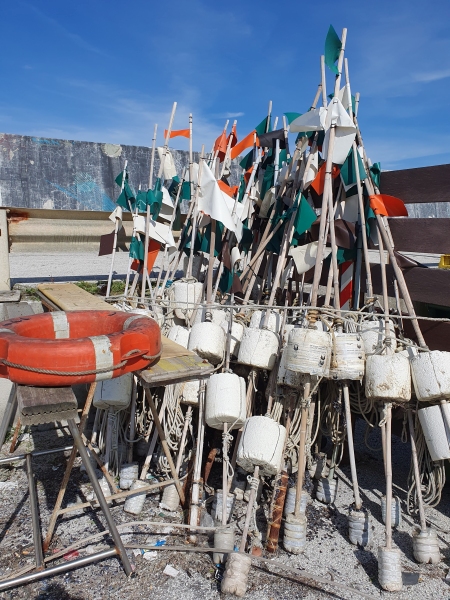
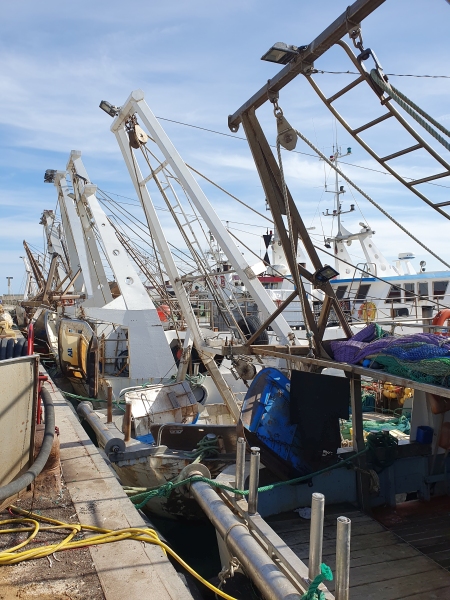
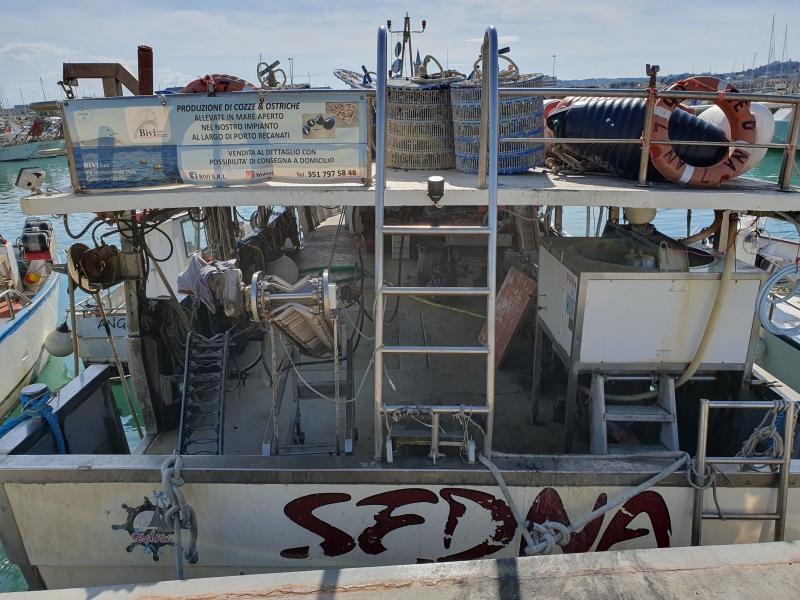
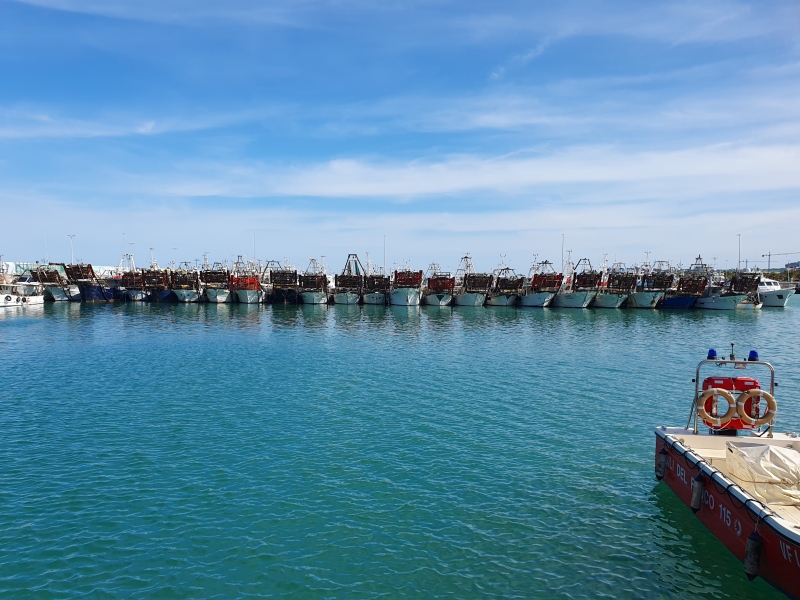
Murales everywhere – “Vedo a Colori”
The tour to the glowing red buoy that marks the entrance to the harbor is doubly worthwhile: from 2009, murales – murals – were created all over the harbor under the curatorship of the local artist Giulio Vesprini. The project is called “Vedo a Colori” – I see in color. Some of them are already weathered after almost 25 years, but new ones have been added elsewhere.

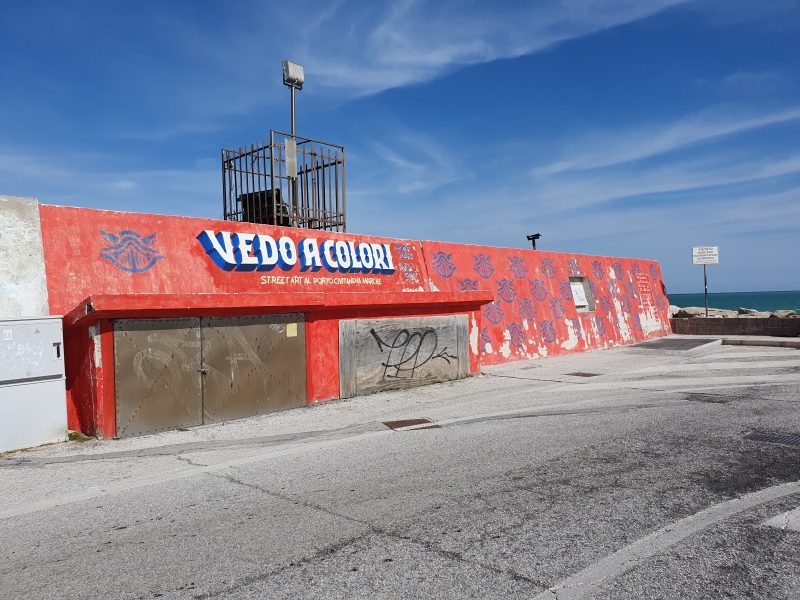
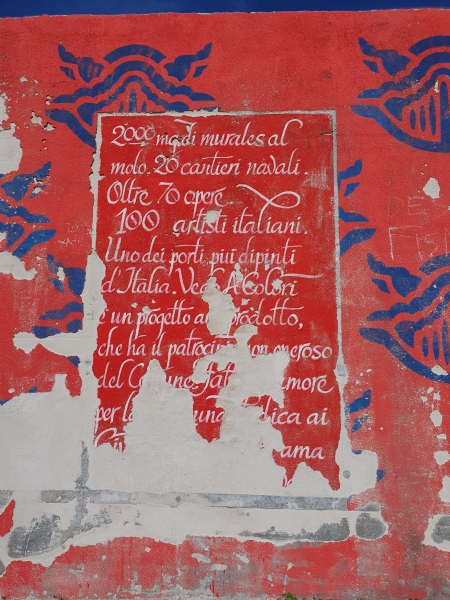
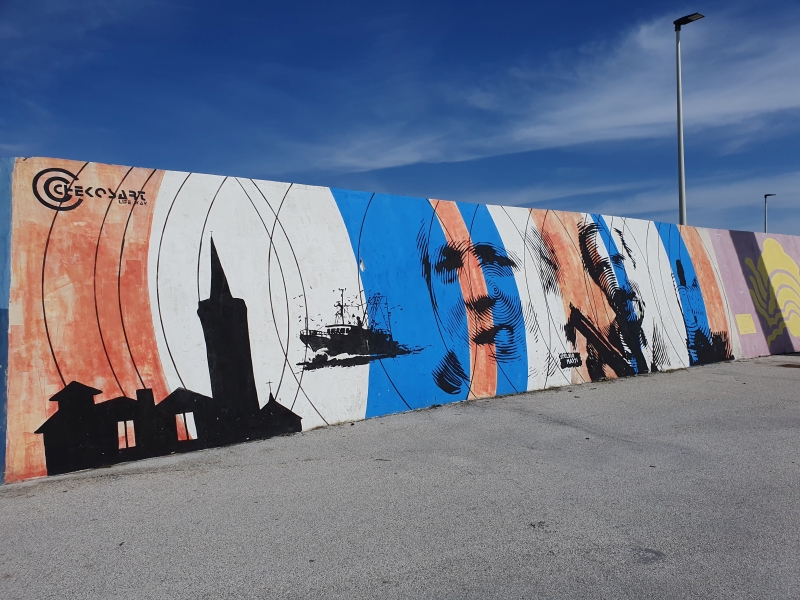


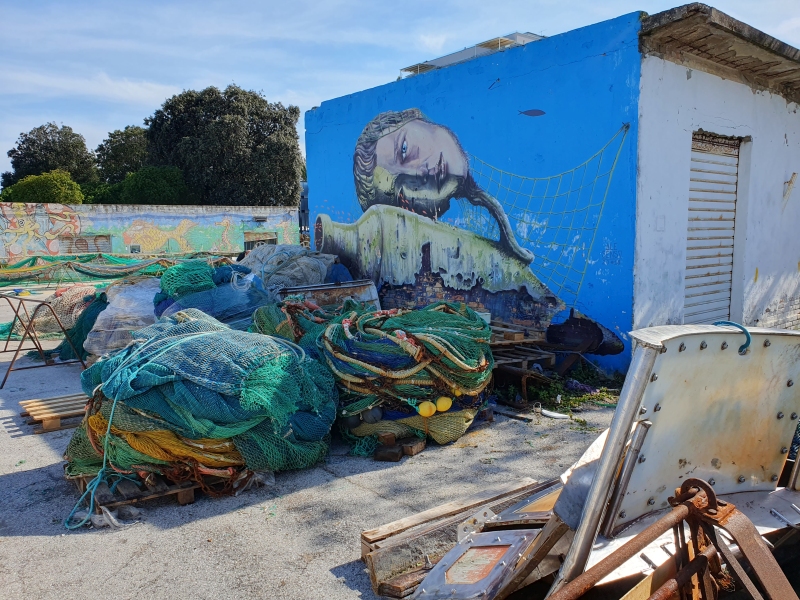
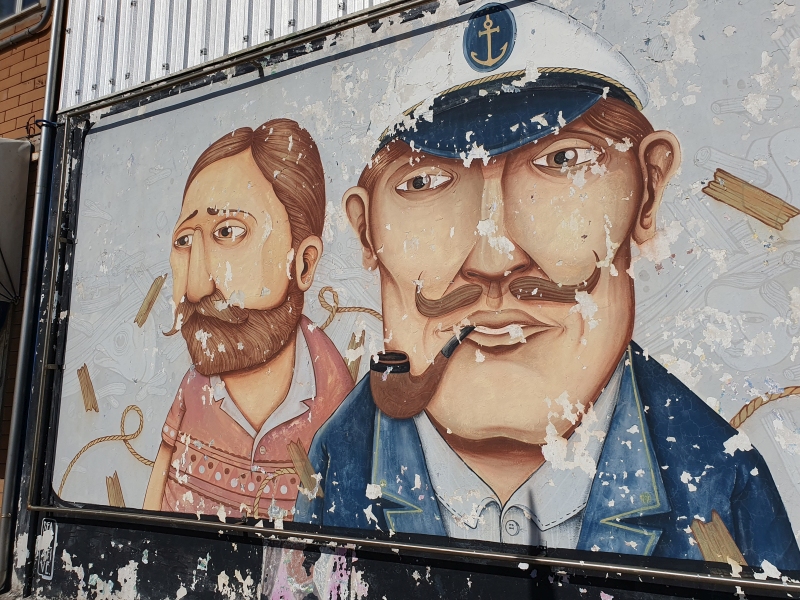
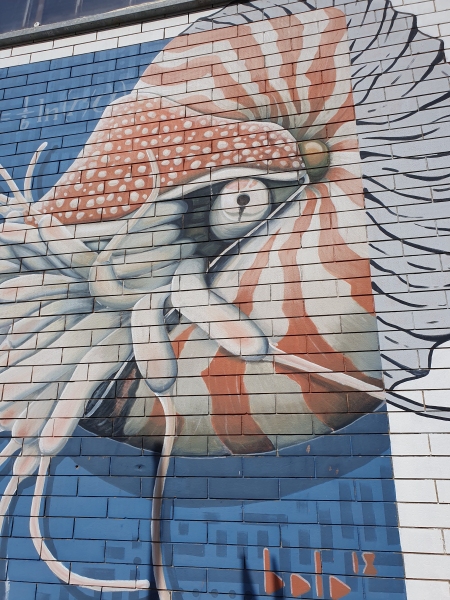

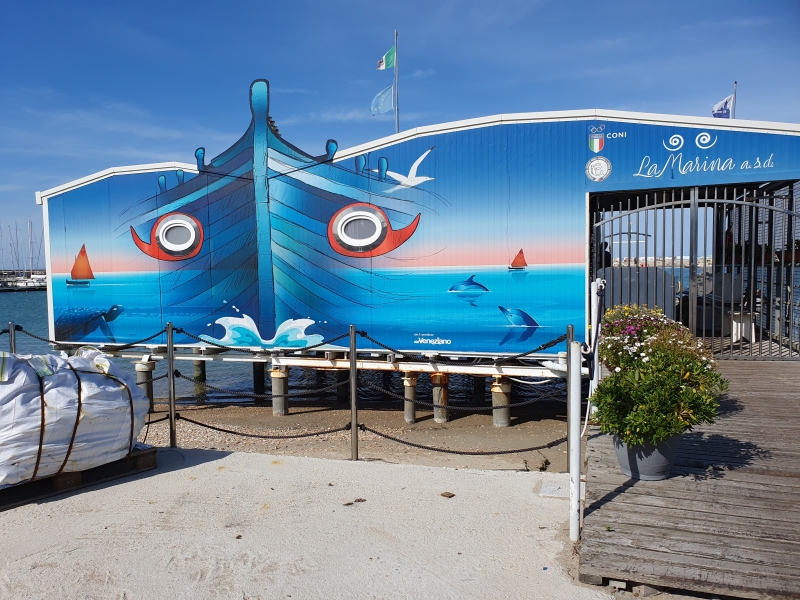
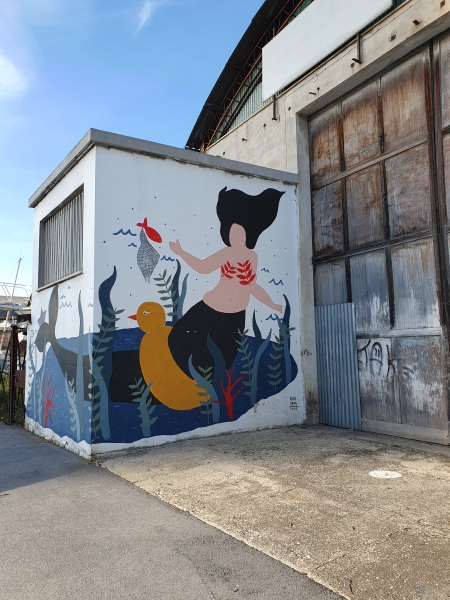
Piazza XX Settembre – always nice even without Shoe market
On the way to the old fishermen’s quarter, I make a small detour to Piazza XX Settembre, which looks even prettier today on a weekday without a shoe market: with the Palazzo Sforza and the Fontana dei Giardini and the small ice cream kiosk. Chic fashion shops and delicatessens surround the square.
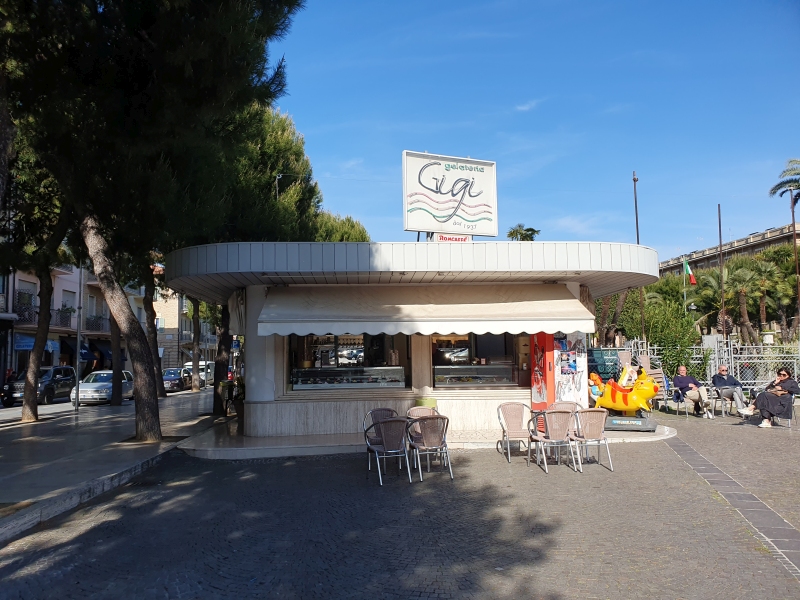
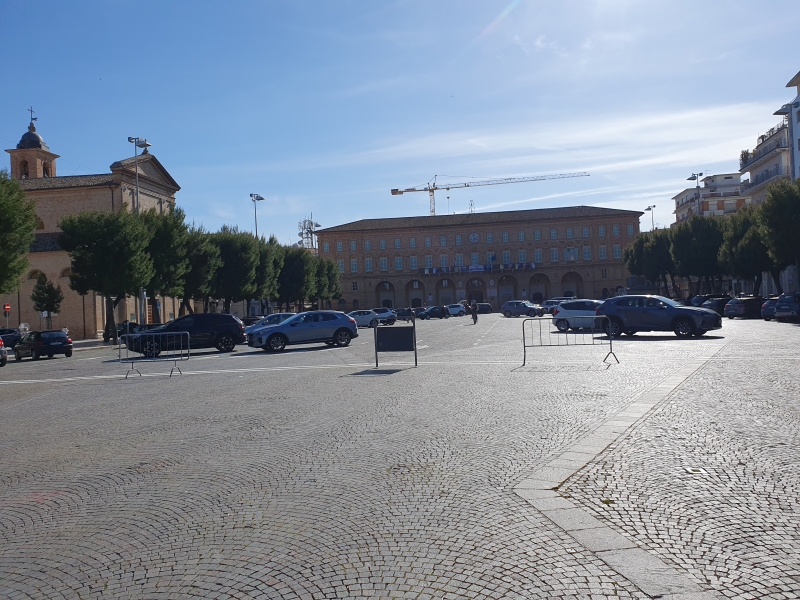


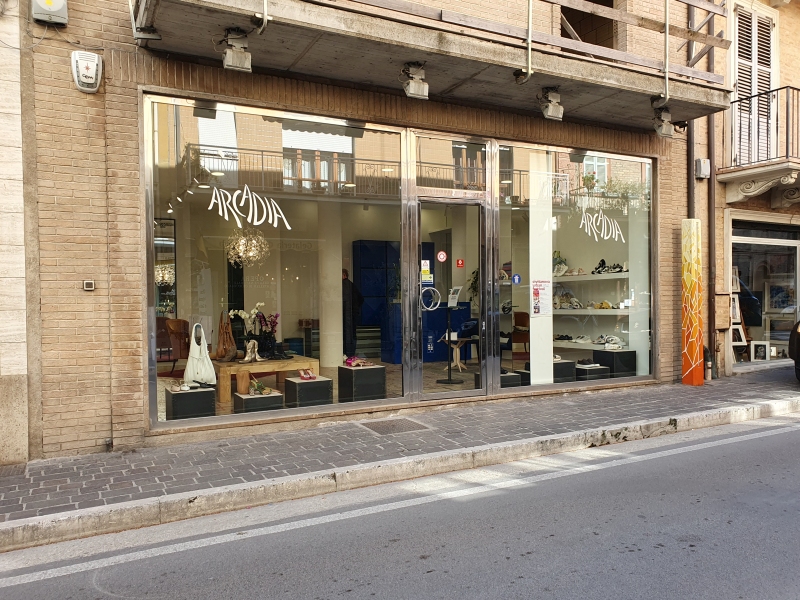
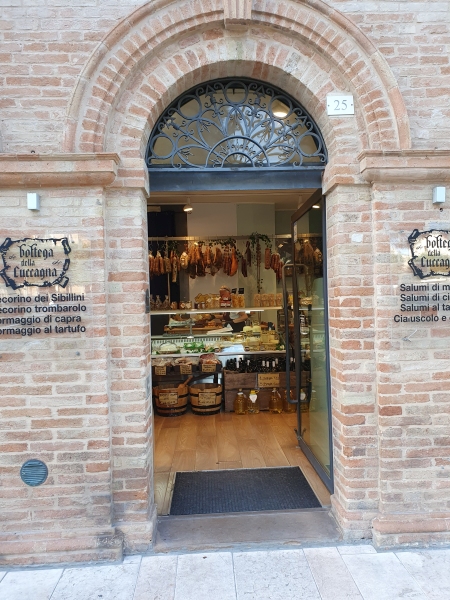
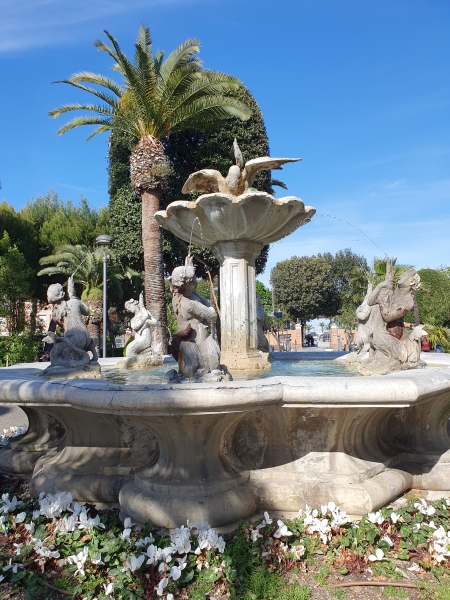
Arrived in Shanghai – the fishing district
I finally turn on the north side of the square and dive into the Shanghai district of fishermen:
The street names indicate the connection to the sea: Via della Conchiglia (mussel street), Via della Nave (ship street), Via del Lido (beach street). The former fishermen’s houses are recognizable because they are quite small, while in between there are sometimes more representative buildings with balconies that belonged to traders. Some have been beautifully restored and now house nice cafes, bars, antique shops or B&Bs, others are on the verge of collapse. But overall a very charming area.

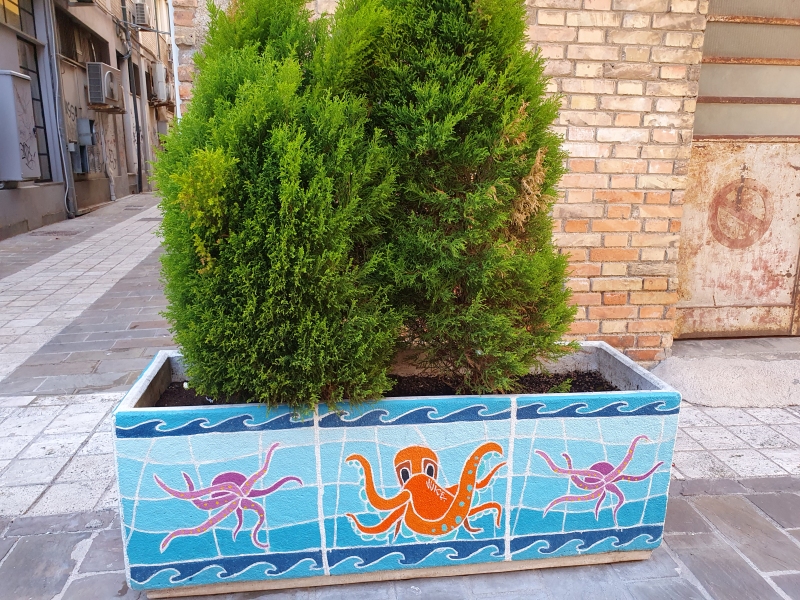
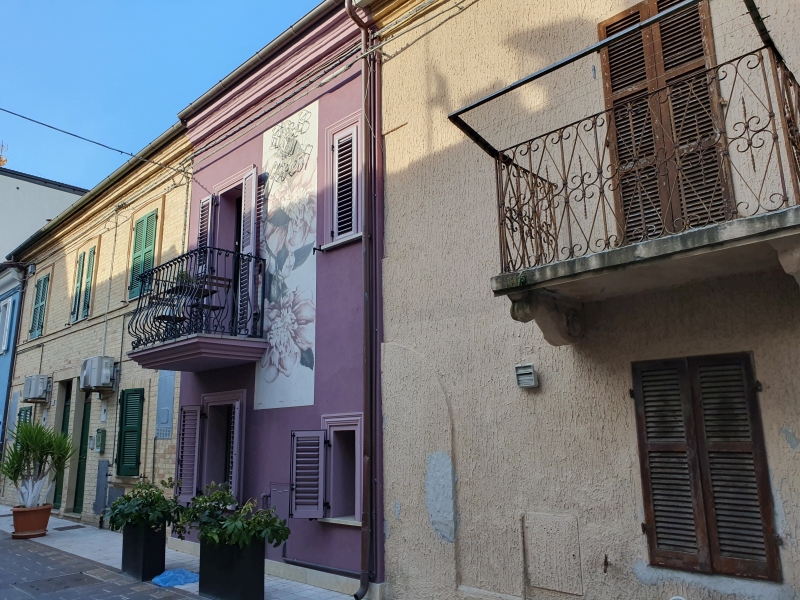

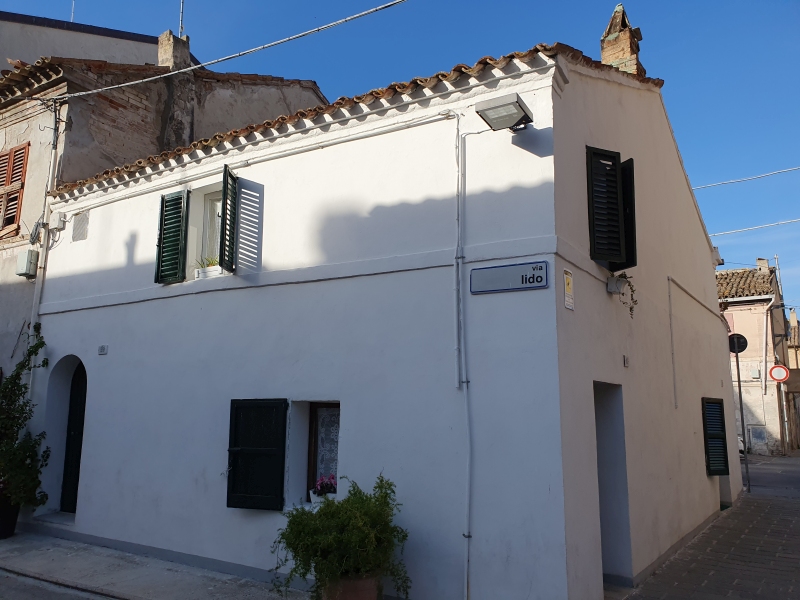

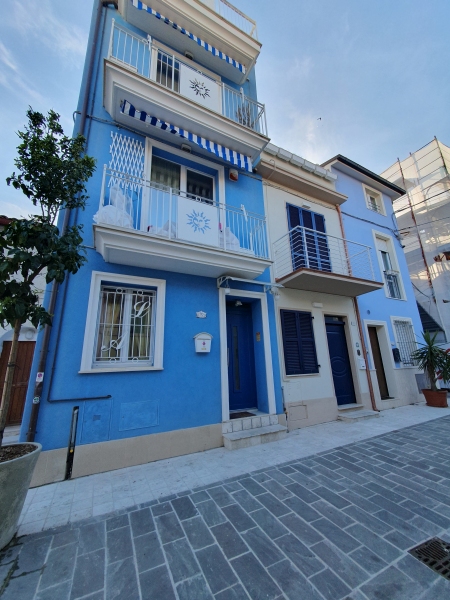

Until the 1950s, the district was very poor and characterized by poor hygienic conditions. Until the 1930s there was no sewage system and the dirty water just ran through the streets, after which it was at least systematized in open channels. Since people had heard about the overpopulated and economically backward Shanghai in China at the time, the area was popularly called “Via Shanghai”. Luckily it wasn’t demolished in the end – Civitanova would then have one less picturesque attraction!
Chiesa di Cristo Re – Church tower with lighthouse function
From here I make a small detour to the church of Cristo Re (King Christ). It is quite modern and was built in 1933 with money from the fishermen, among other things. Its special feature is without a doubt the 33 meter high church tower, because it also serves as a lighthouse and can also be easily recognized as a landmark from the port:
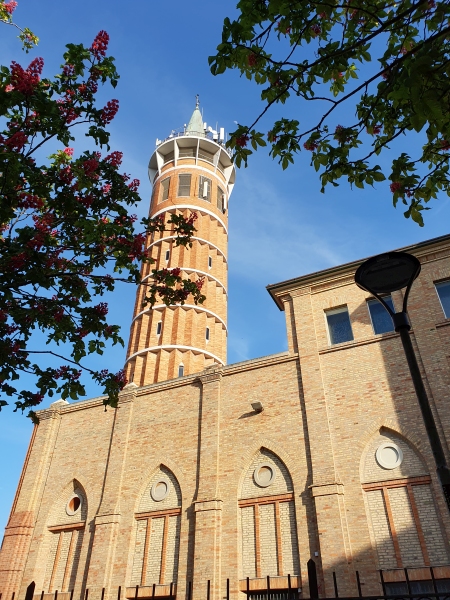
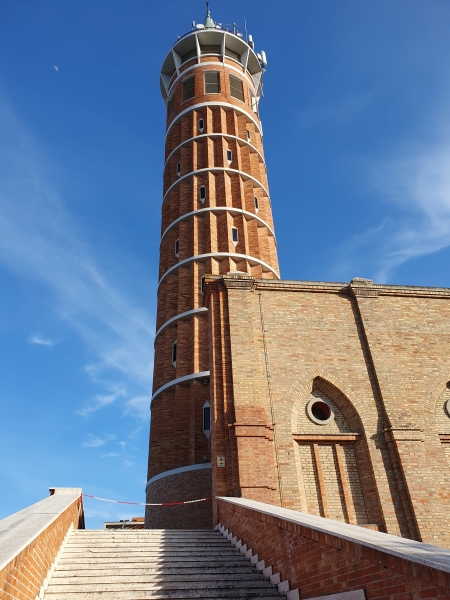
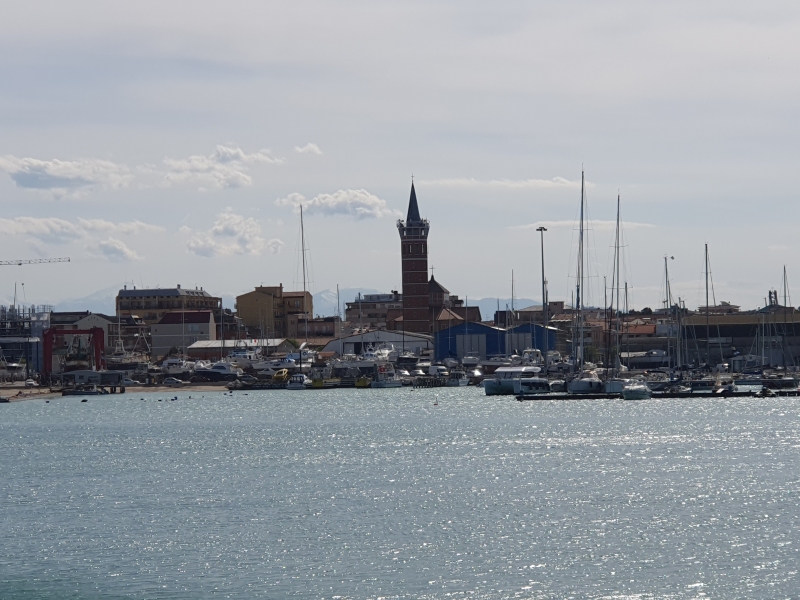
The old art nouveau fish hall
Back to the sea and the marina, I pass the old Pescheria. Built in Liberty style (Art Nouveau), it was once the old fish hall. Today the catch of the fishing fleet is auctioned in a new, modern fish hall even closer to the quay early in the morning from 3:30 a.m. In the old Pescheria, on the other hand, fish is sold “en detail” for end customers and cheap, freshly caught fish specialties are served.
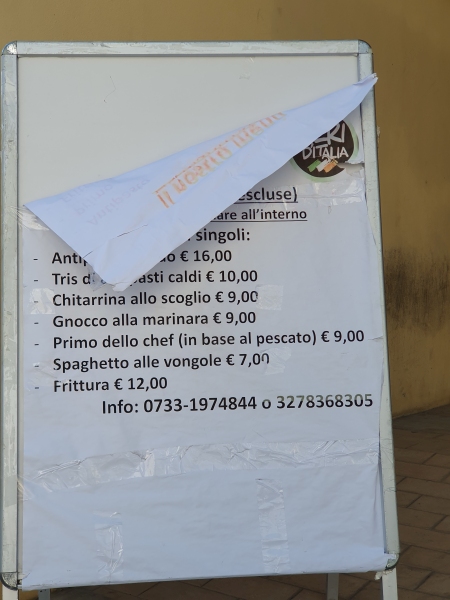
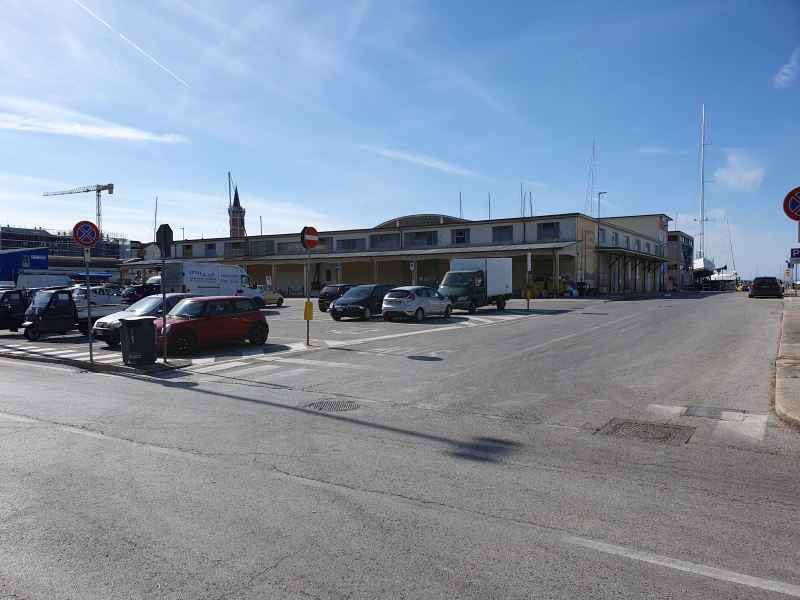
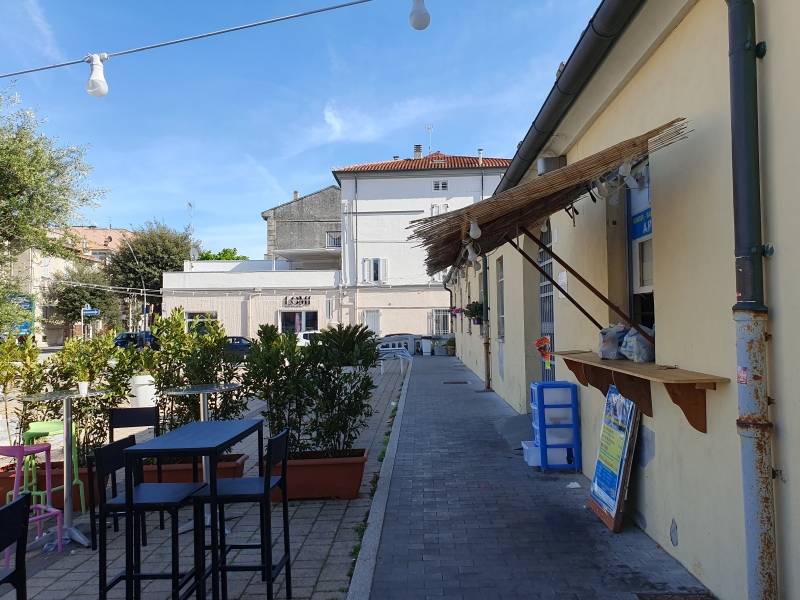
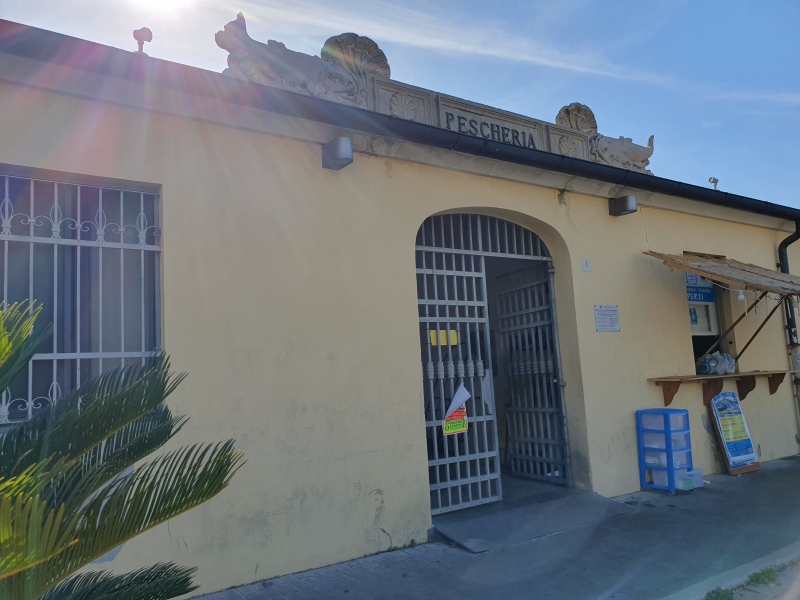
Marina
Then I look at the sports harbor and the harbor buildings. A memorial plaque for the sailors who died is on the wall of the house. Unexpectedly, a sailing ship crosses our path – on land! It will probably be towed to the slipway to be launched. There are recent plans to expand Civitanova’s marina into a super marina. Then the place would have capacity for almost 1000 boats (including the fishing boats). But I gather from the newspapers that the topic is controversial.

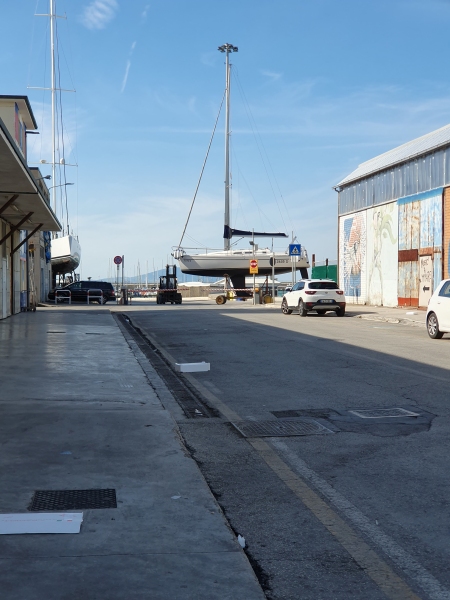
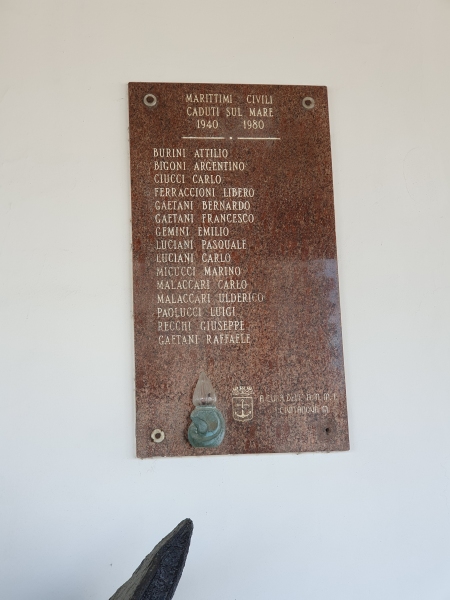
Eating fish in Civitanova – a must!
But now I’m hungry! I make my way to the south boardwalk where I meet my husband and we go to one of my favorite local restaurants, the Oasi. And of course we indulge in fish and seafood!


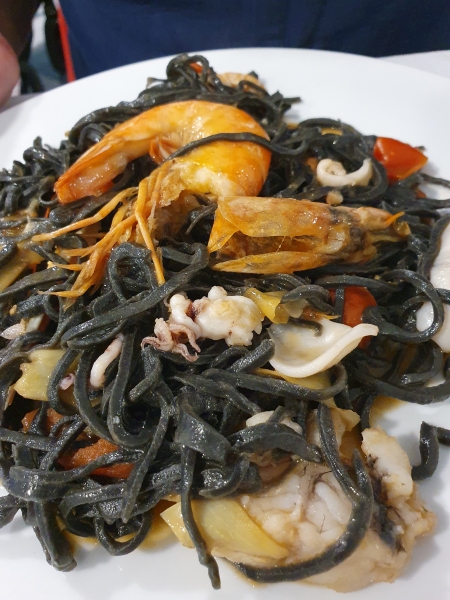
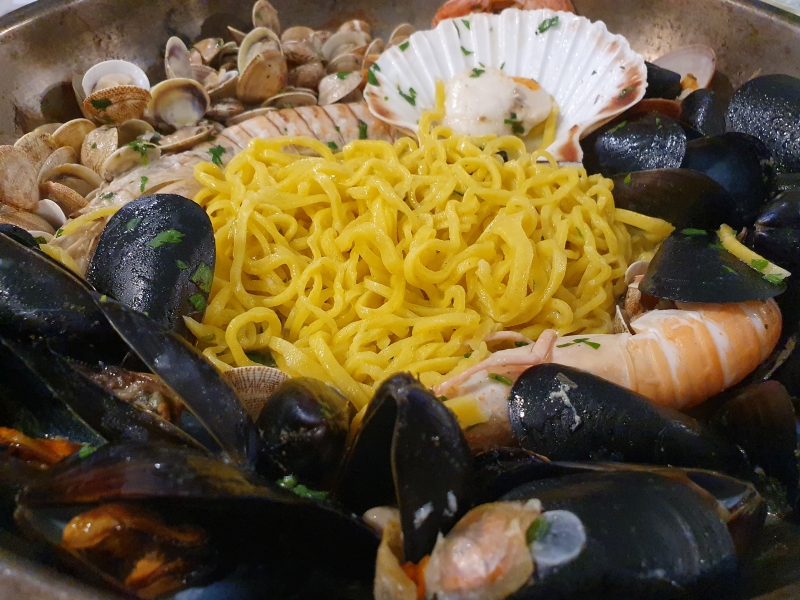
Tips
There is much more to see in Civitanova Marche than just the port, the beach and the sea. Here you can download the bilingual tourist guide published by the municipality for free.
Tip: On June 10th, the big port festival “Gusta Porto” takes place in Civitanova; there is a wide range of activities around the port, from an early morning demonstration of old fishing techniques to games, exhibitions, music, tastings and a bike tour. You can find the program (unfortunately only in Italian) here.
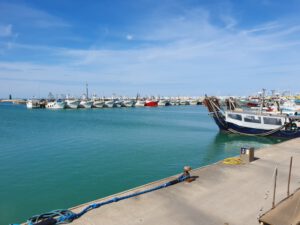
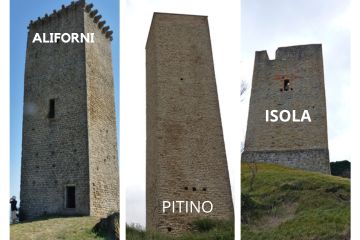

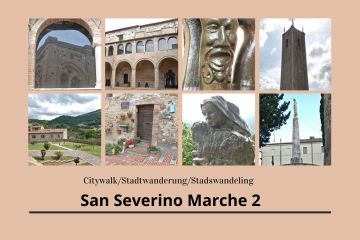
0 Comments